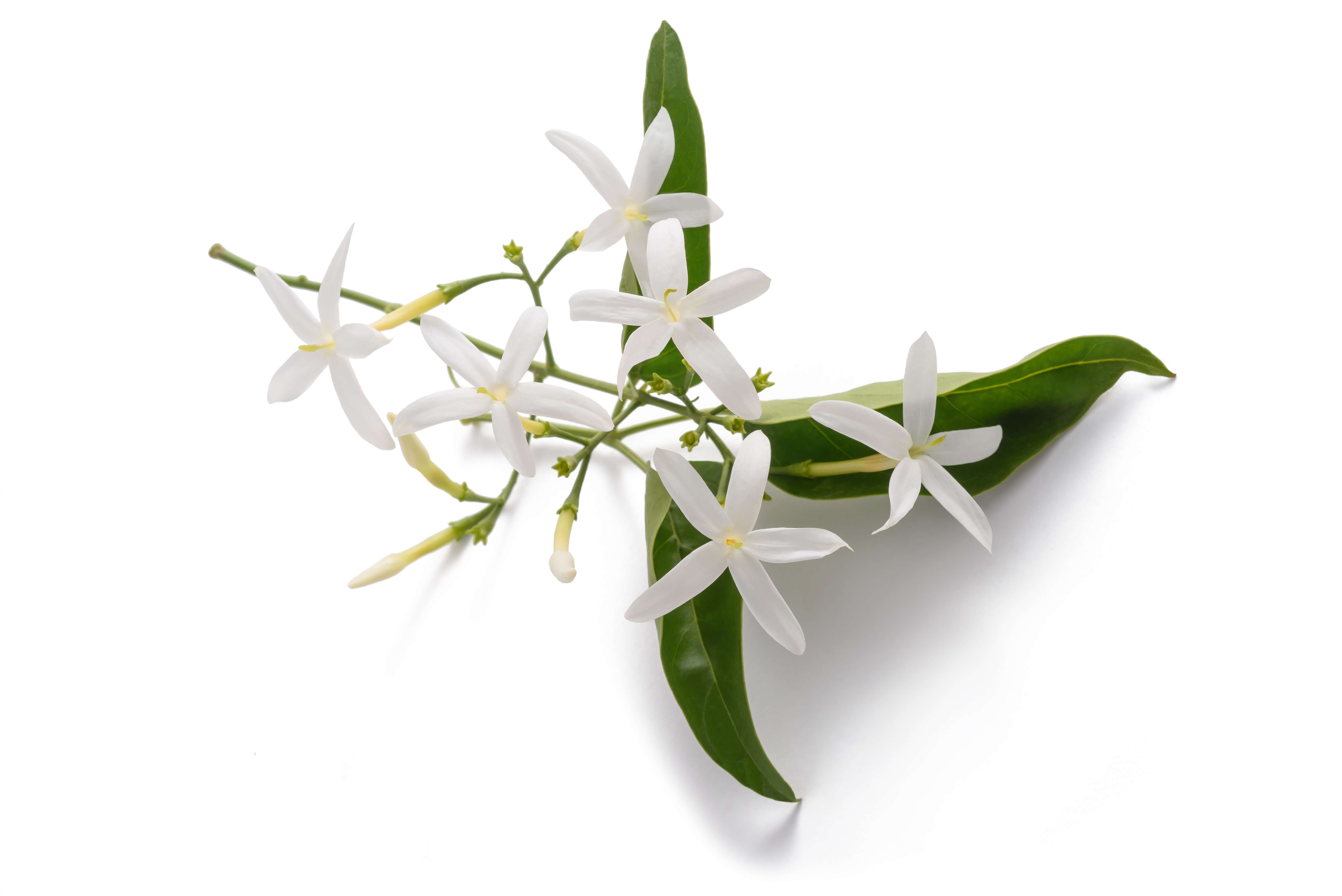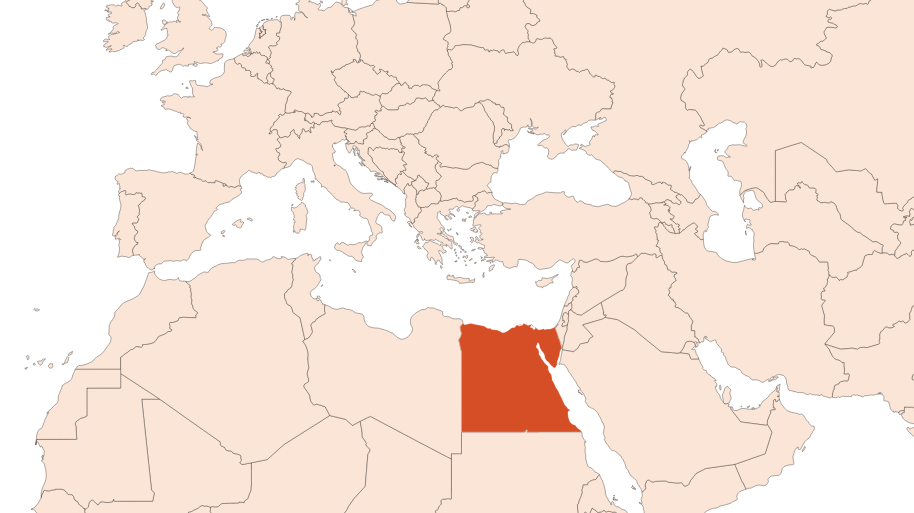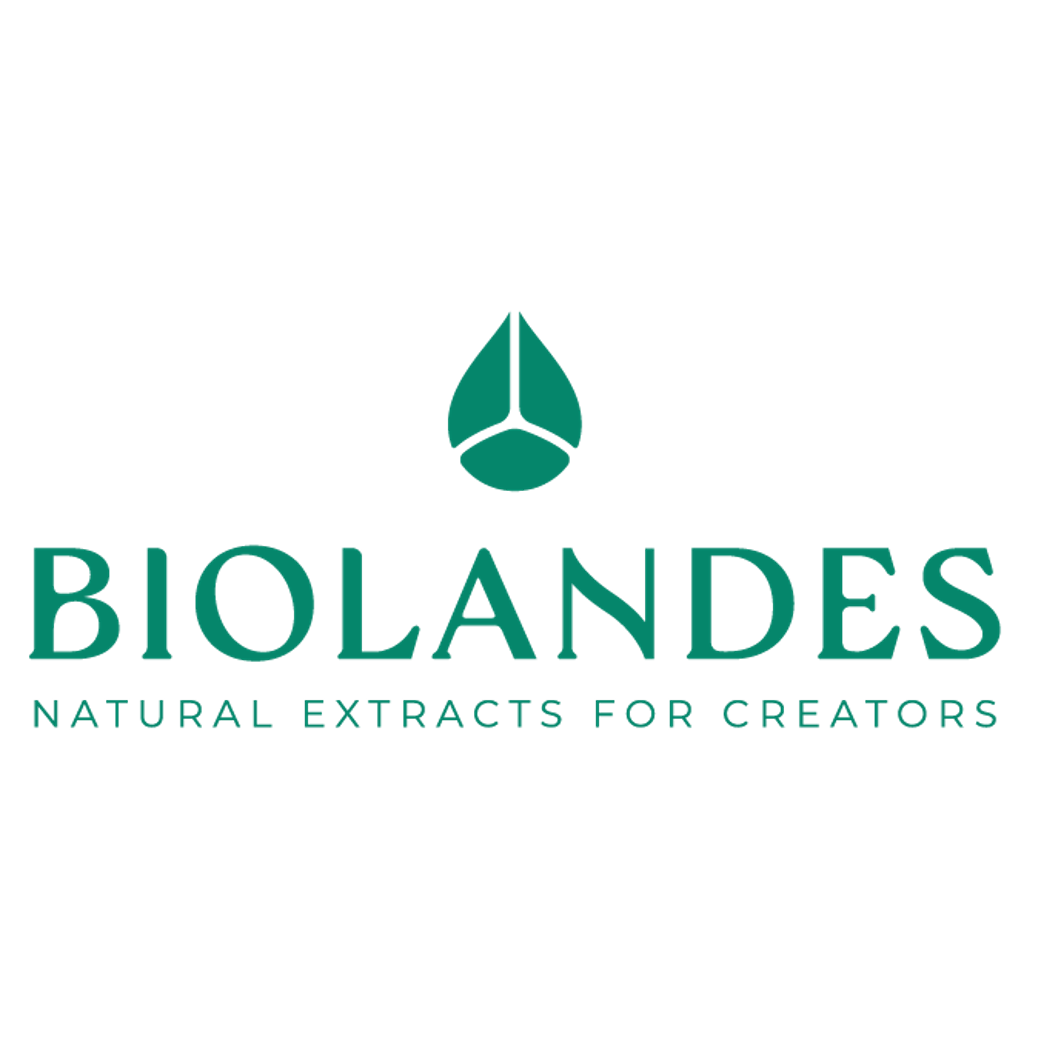Grandiflorum Jasmine Absolute
Naturelle
Floral > White Flowers > Jasmine > Solar > Animalic

Crédits photo: ScenTree SAS
Latin name :
Jasminum grandiflorum L.
Botanical profile :
Jasminum, whether it be sambac, grandiflorum, or auriculatum, is a white-flowered shrub that can grow from 1 to 3 meters in height and form hedges in fields of cultivation. It belongs to the family Oleaceae and the genus Jasmimum.
Geographic origin :
Jasminum grandiflorum L. is mainly grown in Egypt and India, accounting for nearly 95% of the global market. China, France, and Morocco are also key players in the market, although their production are smaller.
Chemotypes :
In perfumery, two varieties of jasmine are mainly used:
Jasminum grandiflorum L. (Jasmine Grandiflorum Absolute / Jasmine Grandiflorum Concrete) found for example in Grasse or Egypt.
Jasminum sambac (L.) Aiton (Jasmine Sambac Absolute / Jasmine Sambac Concrete) mostly cultivated in India.
These two varieties are easily recognizable as grandiflorum has large and rounded flowers while those of sambac are thinner and longer.
Two other species are also grown for perfumery, in smaller proportions:
Jasminum asteroides
Jasminum auriculatum Vahl (Jasmine Auriculatum Absolute / Jasmine Auriculatum Concrete) mainly cultivated in India.
Jasminum grandiflorum L. (Jasmine Grandiflorum Absolute / Jasmine Grandiflorum Concrete) found for example in Grasse or Egypt.
Jasminum sambac (L.) Aiton (Jasmine Sambac Absolute / Jasmine Sambac Concrete) mostly cultivated in India.
These two varieties are easily recognizable as grandiflorum has large and rounded flowers while those of sambac are thinner and longer.
Two other species are also grown for perfumery, in smaller proportions:
Jasminum asteroides
Jasminum auriculatum Vahl (Jasmine Auriculatum Absolute / Jasmine Auriculatum Concrete) mainly cultivated in India.
Extraction process :
The iconic small white flowers of jasmine mainly bloom during the summer season. They are usually handpicked before dawn and quickly processed because of their fragility and quickly lose their scent. Harvest takes place from June to December, with plants aged between 3 to 10 years. On average, around 5-6 tons per hectare are harvested each year in India, compared to 10-15 tons per hectare in Egypt.
While enfleurage was the ancient extraction method, the most common technique today is solvent extraction, using hexane or petroleum ether. These methods yield to Jasmine Grandiflorum Concrete (yield ≈0.5% from fresh flowers) and, after glazing and filtering the waxes, Jasmine Grandiflorum Absolute (yield 50-70% from the concrete).
It is very rare for producers to work with Jasmine Grandiflorum EO as steam distillation is not efficient and the scent is mainly considered as uninteresting. However, there are CO2 supercritical extracts of Jasmine Grandiflorum, which provide better olfactory quality but at a higher cost. In recent years, the enfleurage processes has also been highlighted, although volumes are very low.
While enfleurage was the ancient extraction method, the most common technique today is solvent extraction, using hexane or petroleum ether. These methods yield to Jasmine Grandiflorum Concrete (yield ≈0.5% from fresh flowers) and, after glazing and filtering the waxes, Jasmine Grandiflorum Absolute (yield 50-70% from the concrete).
It is very rare for producers to work with Jasmine Grandiflorum EO as steam distillation is not efficient and the scent is mainly considered as uninteresting. However, there are CO2 supercritical extracts of Jasmine Grandiflorum, which provide better olfactory quality but at a higher cost. In recent years, the enfleurage processes has also been highlighted, although volumes are very low.
Major Components :
Benzyl Acetate (40 - 65%)
Linalool (8 - 10%)
Farnesene (7 - 10%)
Eugenol (5 - 8%)
Cis-jasmone (5 - 7%)
Indole (4 - 7%)
Benzyl benzoate (2 - 5%)
Cis-3-Hexenyl benzoate (1 - 4%)
Linalool (8 - 10%)
Farnesene (7 - 10%)
Eugenol (5 - 8%)
Cis-jasmone (5 - 7%)
Indole (4 - 7%)
Benzyl benzoate (2 - 5%)
Cis-3-Hexenyl benzoate (1 - 4%)
- Uses in perfumery :
- Used in combination with other flowers in a floral bouquet, or alone for a solar note and for its typicity. Its smell is most noticeable in gourmet perfumes, but less so in a fresh, floral scent.
- Other comments :
- Along with the rose, jasmine is one of the most emblematic flowers of perfumery.
Nowadays, the main producers are in Egypt or India. However, the city of Grasse, whose plant has in part made its reputation, continues to produce on a smaller scale. The cultivation of jasmine is also part of Grasse's know-how, classified as Intangible Cultural Heritage (ICH) by the UNESCO.
Jasmine extracts are certified 100% organic. This is mainly the case for its uses in aromatherapy.
In India, in the region of Coimbatore, 90% of the jasmine culture is dedicated to the production of extracts for perfumery. Other parts of the country grow jasmine for other purposes.
Usually, five hours of a picker's work gives an average of three to four kilograms of jasmine. Given the hard work required by this crop, the land rarely exceeds more than half a hectare of surface.
Jasmine cultivation is not subject to the use of pesticides and fertilizers to accelerate plant growth.
In Egypt, jasmine is the second largest source of agricultural income. In non-cultivation periods, the land is used to grow salad, peas and clover. - Volatility :
- Heart
- Appearance :
- Orange liquid
- Stability :
- Solubility issues in perfumes
The esters identified in this raw material can form their corresponding acid in stability tests - Price Range :
- €€€€€
- Aromatherapy :
Informations provided below are taken from reference works in aromatherapy. They are given for information purposes only and can not constitute medical information, nor engage the responsibility of ScenTree.
Jasmine is used to reduce stress, anxiety, nervous tension, depression and fatigue. It can also be used as antiseptic and anti-inflammatory agent.

Crédits photo: ScenTree SAS
- EINECS number :
- 282-993-5
- FEMA number :
- 2598
- Allergens :
- Linalool - Benzyl Benzoate - Eugenol
- IFRA :
- This ingredient is restricted by IFRA
- Restriction type :
- RESTRICTION
- Cause of restriction :
- DERMAL SENSITIZATION
- Amendment :
- 49
- Quantitative limit on the use :
-
Cat.1 Cat.2 Cat.3 Cat.4 Cat.5A Cat.5B Cat.5C Cat.5D Cat.6 0,11 % 0,032 % 0,65 % 0,6 % 0,15 % 0,15 % 0,15 % 0,15 % 0,35 % Cat.7A Cat.7B Cat.8 Cat.9 Cat.10A Cat.10B Cat.11A Cat.11B Cat.12 1,2 % 1,2 % 0,063 % 1,2 % 4,2 % 4,2 % 2,3 % 2,3 % No Restriction - Annexe I :
- Some regulated synthetic ingredients are found in nature and in certain proportions in natural ingredients. This presence in nature has to be taken into account when calculating limits of use recommended by the IFRA. In case you do not know these concentrations, you can use the ones estimated by the IFRA. Here they are :
- Restriction type :
- RESTRICTION QRA
- Cause of restriction :
- SENSITIZATION
- Amendment :
- 43
- Quantitative usage limits :
-
Cat.1 Cat.2 Cat.3 Cat.4 Cat.5 Cat.6 Cat.7 Cat.8 Cat.9 Cat.10 Cat.11 0,04 % 0,05 % 0,22 % 0,7 % 0,4 % 1,1 % 0,1 % 1,5 % 5 % 2,5 % Not Restricted - Annexe I :
- Some regulated synthetic ingredients are found in nature and in certain proportions in natural ingredients. This presence in nature has to be taken into account when calculating limits of use recommended by the IFRA. In case you do not know these concentrations, you can use the ones estimated by the IFRA. Here they are :
| List of regulated compounds contained in this ingredient | ||
|---|---|---|
| Regulated ingredient name | CAS N° | Estimated Concentration |
| Benzyl cyanide | 140-29-4 | 0,07 |
| List of regulated compounds contained in this ingredient | ||
|---|---|---|
| Regulated ingredient name | CAS N° | Estimated Concentration |
| Benzyl cyanide | 140-29-4 | 0,07 |
To learn more about IFRA's standards : https://ifrafragrance.org/safe-use/library
ScenTree is solely responsible for the information provided here.





